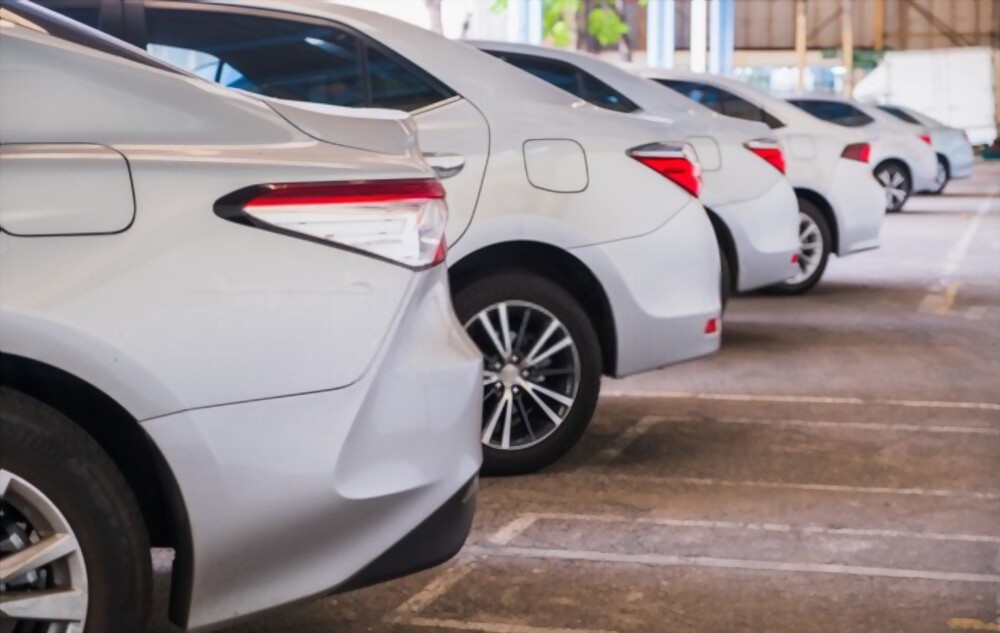Icy roads can frighten even the most experienced drivers. On sheet ice, as opposed to dry pavement, your car may skid much further to stop with ordinary Tyres Southampton. Imagine how much more secure you would feel in the winter if you could simply turn on and off the additional surface grip. You may soon have that choice. . A secret armoury of 120 reinforced studs that you may deploy at the touch of a button when you come across ice or packed snow will get concealed inside each Q tyre, which will look and handle like mild-mannered all-season radials. After that, you just push the studs back in whenever the road conditions return to normal.
Tyre chains and studded snow tyres were the only things available to help drivers accelerate, stop, and maintain control of their car over significant ice until the Q tyre emerged on the horizon. Chains and studs, however, are ronly appropriate for the icy road parts During your regular drive, you might encounter and exit these particularly slick places multiple times. They can be annoying, unsafe, and potentially destructive to the road surface on roads where chains or studs are not necessary. They are usually prohibited in some states.
Although the idea of deployable stud tyres may seem straightforward, it would be impossible to put it into practise without modern wireless technology Goodyear Tyres Southampton.
Structure of a Q Tyre
The Q tyre has two air chambers within, whereas ordinary tyres only have one. Similar to a standard tyre and sealed to the wheel rim, the main air chamber is inside the casing. The pressurised air inside it absorbs road shocks while simultaneously supporting the car. Where the tread and casing meet, the Q tyre contains a secondary air chamber (actually, a collection of chambers connected by channels). Positioned in the tread’s moulded crevasses are the 120 pods that make up the stud pattern
When deployed, they rise 0.05 inches (1.5 millimetres) above the tread surface.
During the production process, each individual stud get inserted into its corresponding pod. The tread rubber is then directly cured into the stud pods. As a result, a stud is quite challenging to move. These studs can get composed of composite material or stainless steel. As they often travel below the tread surface, Q Tyres claims that their studs “will likely stay in optimal condition for the life of the tyre.”
The studs are always deployed by pressurized air from the tyre’s main chamber.
The wireless signal from the iQ instructs a valve inside each tyre to open. The compressed air enters the second chamber using the exclusive valve technology used by Q Tire. The flexible stud pods bow outward when the compressed air blows on them, moving the studs to their deployed position. The deployment takes roughly three seconds to complete from beginning to end.
The studs pulled back by pressing a different remote control button. By venting the pressured air in the stud chamber to the atmosphere, the method achieves this. The stud pods revert to their relaxed position when the air pressure is basically released, which pushes the studs below the tyre tread’s surface.
Purchasing, Fitting, and Maintaining Up Q Tyres
In late 2009, the producer intends to start selling Q tyres. Crossovers, SUVs, and pickups will be the first to receive popular P-metric sizes, with further models following in 2010 and 2011. There will be independent chains that will sell the tyres. The business expects its tread-life warranty to last for more than 40,000 kilometres (64,373 km).
An equivalent pair of premium all-season radial tyres will likely cost between 30 and 40 percent more than a set of Q tyres. The long-term expense of purchasing a set of all-season Q tyres, as opposed to purchasing and maintaining a second set of studded or winter-tread tyres, may be less expensive.
For the Q tyres to operate properly, they must get placed on your vehicle as a full matching pair. The manufacturer suggests mounting a matching Q tyre for the spare if the car can accommodate a full-size spare tyre. Q tyres are set and balanced the same way as regular tyres. A multiported valve receiver (MVR), which controls stud operations, will also get installed by the installer within each tyre of the vehicle. The installer will next set up the MVRs so they can work with the customer’s iQ remote.
In order to be able to visually verify the deployment of Q Tyre studs, the manufacturer advises that drivers do it when the Goodyear Tyres Southampton is at rest. After around 25 deployments, it will be necessary to slightly re-inflate the tyres. This makes sense because each deployment removes a little quantity of pressured air from the casing chamber that isn’t recycled.




